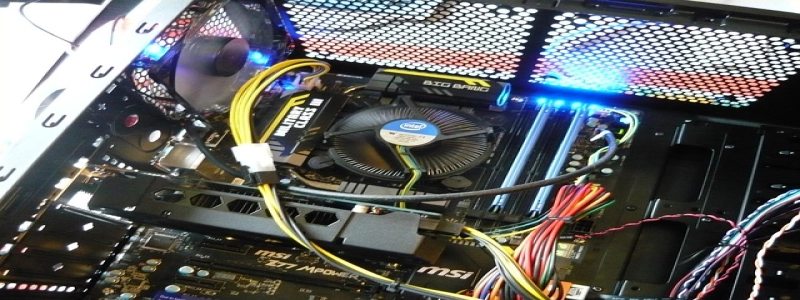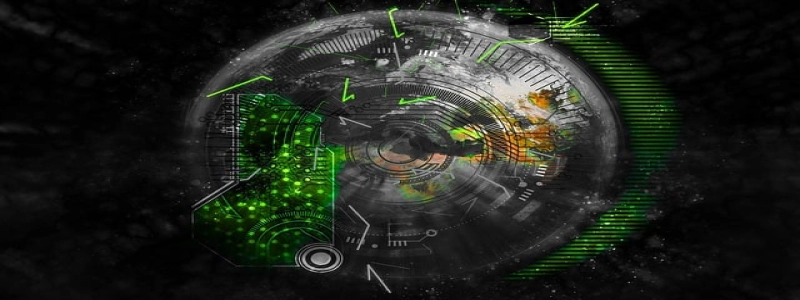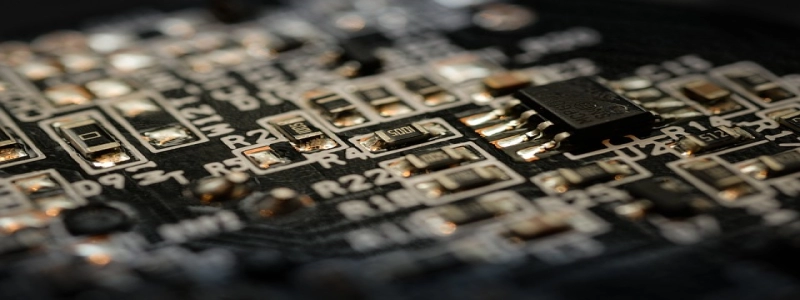Coaxial Cable Convert to Ethernet
I. Introduction
Coaxial cables have been widely used for transmitting audio and video signals for several decades. However, with the advancement of technology and the need for faster data transfer rates, Ethernet cables have become the preferred choice for connecting devices to the internet. In order to adapt to this new trend, it is necessary to convert coaxial cable to Ethernet.
II. Understanding Coaxial Cable
A. Definition and Structure
Coaxial cable, also known as coax cable, consists of a center conductor, insulation layer, metallic shield, and outer jacket. The center conductor carries the electrical current, while the insulation and metallic shield provide protection against interference.
B. Advantages and Limitations
Coaxial cables are known for their ability to transmit high-frequency signals over long distances without significant loss. They are also resistant to external interference, making them ideal for transmitting cable television and satellite signals. However, coaxial cables have limited data transfer capabilities compared to Ethernet cables.
III. Transition to Ethernet
A. Need for Conversion
With the increasing demand for faster internet speeds and the migration to digital platforms, Ethernet cables have become the standard for connecting devices to the internet. Therefore, there is a need to convert coaxial cables to Ethernet in order to take advantage of the faster data transfer rates and better network performance.
B. Coaxial to Ethernet Converter
To convert coaxial cable to Ethernet, a converter or adapter is required. This device acts as an interface between the coaxial cable and the Ethernet cable, allowing the smooth transition of signals from one type of cable to another. The converter typically has input and output ports for both coaxial and Ethernet cables.
C. Installation Process
1. Disconnect the coaxial cable from the device it is currently connected to.
2. Connect one end of the coaxial cable to the input port of the converter.
3. Connect one end of the Ethernet cable to the output port of the converter.
4. Connect the other end of the Ethernet cable to the Ethernet port of the device you want to connect to the internet.
5. Power on the converter and the device.
IV. Benefits of Coaxial to Ethernet Conversion
A. Faster Data Transfer
By converting coaxial cable to Ethernet, users can enjoy faster data transfer rates and improved network performance. This is particularly important for activities that require high internet speeds, such as streaming videos, online gaming, and downloading large files.
B. Compatibility
Ethernet cables are widely supported by various devices and technologies, making them compatible with most modern devices. By converting coaxial cable to Ethernet, users can ensure compatibility with a wide range of devices, including computers, smart TVs, gaming consoles, and routers.
C. Future-Proofing
As technology continues to advance, Ethernet cables are likely to remain the standard for high-speed internet connections. By converting coaxial cable to Ethernet, users can future-proof their network setup and avoid the need for further upgrades or replacements in the near future.
V. Conclusion
In conclusion, converting coaxial cable to Ethernet is a necessary step in adapting to the increasing demand for faster internet speeds and improved network performance. By using a coaxial to Ethernet converter, users can enjoy the benefits of Ethernet cables, such as faster data transfer rates, compatibility with modern devices, and future-proofing their network setup.








